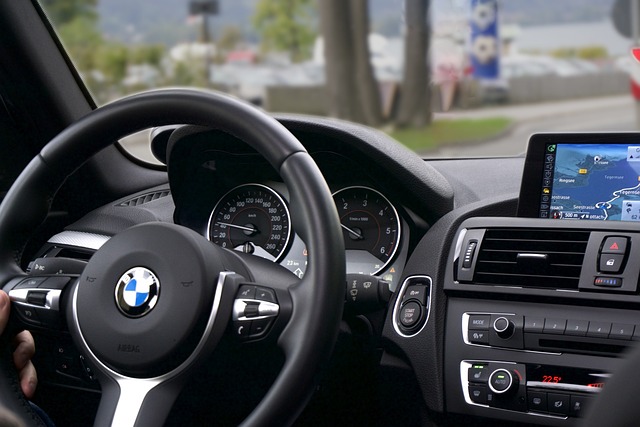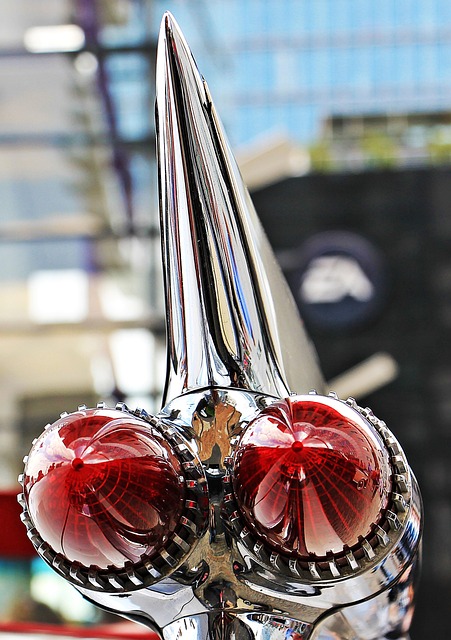Learn how to register your car in California with our step-by-step guide. Before you begin, understand the essential requirements for car registration in California, including the need for a valid vehicle identification number (VIN) check. Gather all necessary documents, perform a VIN verification, and complete the registration process at the Department of Motor Vehicles (DMV). Finally, pay the required fees and obtain your official registration certificate.
- Understand the Requirements for Car Registration in California
- Gather Necessary Documents for VIN Verification
- Perform a Vehicle Identification Number (VIN) Check
- Complete the Registration Process at the DMV
- Pay the Required Fees and Obtain Your Registration Certificate
Understand the Requirements for Car Registration in California

Before diving into the registration process, it’s crucial to understand the requirements for car registration in California. The state requires several key documents and verifications to ensure the vehicle’s legitimacy and safety. One of the most important steps is the VIN (Vehicle Identification Number) verification. This unique 17-character code acts as a fingerprint for your car, providing critical information about its make, model, year, and manufacturing details.
In California, a mobile VIN inspection or verification is often recommended to streamline the process. This involves having a qualified inspector examine your vehicle and confirm its identity and compliance with state standards. By completing these requirements upfront, you’ll find the car registration process much smoother and faster, ensuring your vehicle is legally registered and ready for California’s roads.
Gather Necessary Documents for VIN Verification

Before you can register your car in California, you’ll need to ensure you have all the necessary documents for a successful VIN (Vehicle Identification Number) verification process. This step is crucial as it helps state officials confirm the vehicle’s history and ensure compliance with safety standards. Gather important papers such as the title or registration certificate from the previous owner, proof of insurance, and your valid driver’s license. Additionally, have your vehicle’s VIN readily available—this unique identifier can usually be found on a plate attached to the dashboard near the driver’s side door or under the hood.
For convenience, many Californians opt for a mobile vin verifier or conduct a mobile vin inspection. These services allow you to obtain a copy of your car’s history and necessary documentation from the comfort of your home or nearby location. Having these documents in order will streamline the registration process at your local California Department of Motor Vehicles (DMV) office.
Perform a Vehicle Identification Number (VIN) Check

Before proceeding with the registration process, it’s crucial to perform a Vehicle Identification Number (VIN) check. This step is essential for ensuring that the vehicle you intend to register is legitimate and has not been reported as stolen or had its identity altered. A VIN verification involves cross-referencing the unique 17-character code with reputable databases to gather crucial information about the car’s history.
Consider using a mobile vin verifier for this purpose, as it offers convenience and accuracy. The process typically entails inputting the VIN into an application, which then conducts a comprehensive vin inspection against multiple data sources. This ensures that you have all the necessary details before committing to the registration, safeguarding against any unexpected issues or red flags.
Complete the Registration Process at the DMV

Once you’ve gathered all the necessary documents and passed the vehicle inspection (which includes a critical vin verification), it’s time to complete the registration process at the DMV. Bring your completed application, along with proof of insurance, to your nearest California Department of Motor Vehicles (DMV) office. A staff member will review your documents and conduct another vin inspection to ensure everything matches up.
If all checks out, they’ll process your registration, issue a license plate, and provide you with the necessary paperwork. You can also opt for a mobile vin verifier or schedule a mobile vin inspection for a more convenient experience.
Pay the Required Fees and Obtain Your Registration Certificate

After completing your vehicle’s inspection and ensuring it meets all California emissions standards, the next step is to pay the necessary fees for registration. This process involves a combination of state-mandated charges and optional services. The California Department of Motor Vehicles (DMV) will guide you through this process, which includes submitting an application and paying the registration fee. Additionally, you may choose to avail of optional services like a mobile vin verifier for convenience, ensuring a swift and hassle-free registration experience.
The key component here is the Vehicle Identification Number (VIN) verification, a crucial step that validates your vehicle’s authenticity and history. This process can be facilitated by a mobile vin inspection service, allowing you to complete this requirement from the comfort of your location. Once all fees are paid and documents are in order, you will receive your Registration Certificate, marking the successful registration of your vehicle in California.
Registering a car in California involves understanding specific requirements, gathering essential documents for VIN verification, completing a vehicle identification number (VIN) check, and paying applicable fees. By diligently navigating these steps at the Department of Motor Vehicles (DMV), you can secure your registration certificate, ensuring compliance with state laws and peace of mind on California’s roads. Remember, accurate VIN verification is key to a successful registration process.
